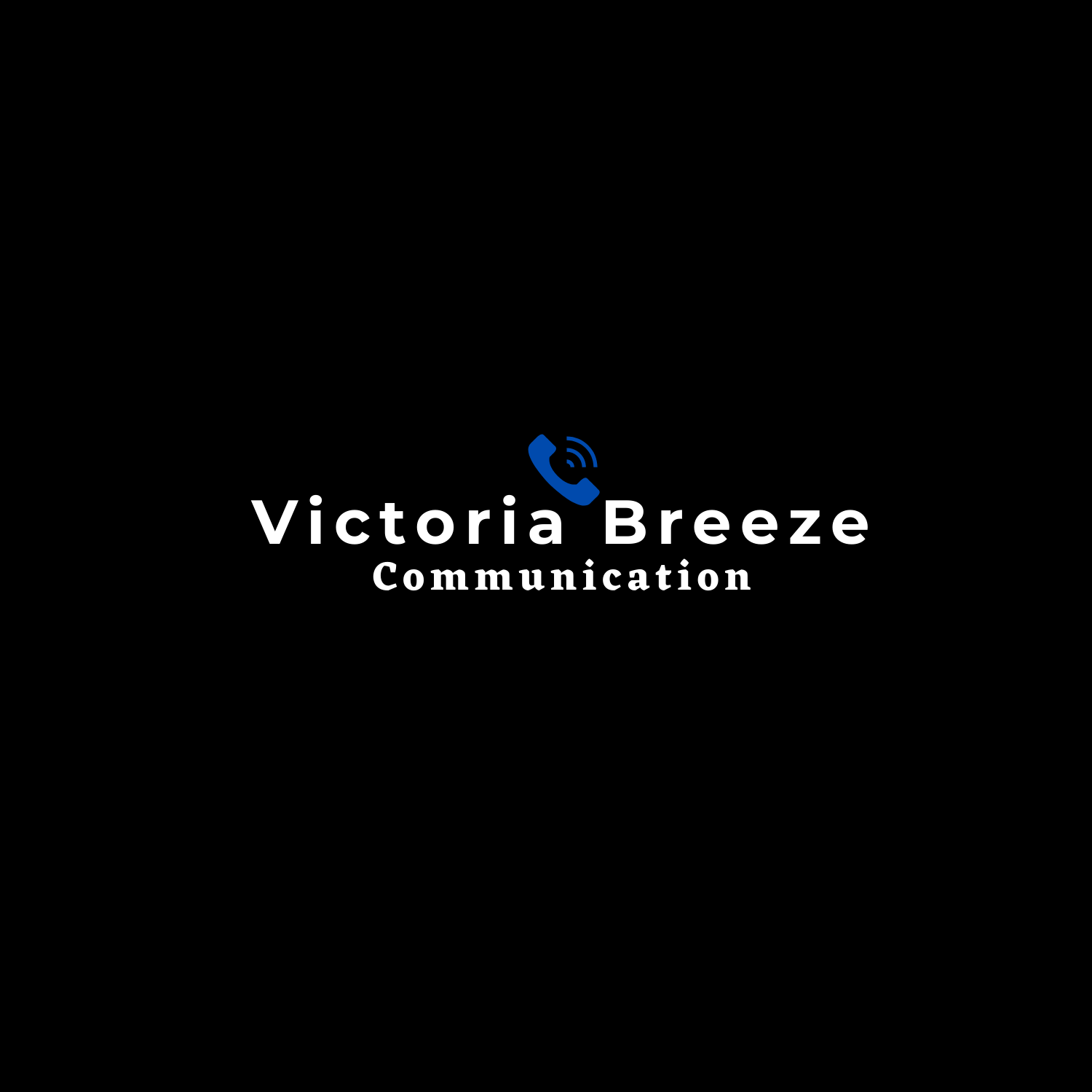
Perfect PR story is anything about your business, product or service that you want the public to know, and is crucial in guaranteeing your business’s time in the limelight. If you think you have your pitch all figured out, don’t go rushing into things head first. Even a great pitch can fall flat if the proper approach isn’t taken.
Running around and shouting at everyone or at the wrong people about your story isn’t guaranteed to get you attention. In fact, it may just annoy some of the very people that you are trying to impress.
The key to creating a perfect PR story is to find the right angle. At its bare bones, your story may have the same framework no matter which way you tell it. Although that framework is a critical part of your story, it is how you choose to tell your story that matters the most.
How to write a perfect PR story; by Atwine Jasmine
- Determine Your PR Goals
Determine what you want to accomplish for your publicity campaign. Here are some typical goals businesses try to reach with PR:
- Increase sales
- Increase awareness of the business, brand or product
- Become known as an expert
- Enter a new market or industry
- Change perceptions
- Develop goodwill
- Attract great employees
- Attract investors and/or buyers
Knowing what goals you’re trying to achieve will help you determine what type of PR story you’re going to create.
2. Choose Your Media Targets.
Determine which media you would like to receive publicity from. Base your selection on what your target market reads, watches or listens to. For example, if your target audience are couples planning a wedding, your media target should include magazines focusing on couple ideas and wedding planning tips. That should include Flair Magazine, Bride and Groom Magazine among others.
3. Get Creative
Now that you’ve determined your goal and media targets, you need to do some brainstorming to come up with story ideas.
Here are some questions that can help you zero in on ideas that’ll intrigue the media:
- Do we have a new product/service that the public would like to know about?
- Is there any way to tie in our product/service to a current event or holiday?
- Do we have new, quantifiable information (a study or a survey, for example) that would be useful to the public?
- Do we have an interesting or quirky approach, or something controversial about our product/service?
- Can we tie our product/service to a celebrity?
4. Make the Pitch
You need to choose several ideas out of all the ones you brainstormed that’ll be most appealing to your media targets. Once you’ve chosen the ideas, you need to prepare the following:
- A one-page fact sheet/company overview
- A biography of the owner
- Several pitches from the ideas that’ll appeal to each media outlet
The pitch can take the form of a press release, or it can be just a couple of paragraphs (this is what I prefer to use, as it can be customized for each media person you pitch to).
Whichever you use–press release or paragraphs–you’ll need to include the following information in your pitch:
- A brief statement about why this idea is of interest to the media (example: “The specialty baby clothing and accessory industry is growing at 30 percent per year.”)
- Why this idea will appeal to the media outlet’s audience (example: “Businesspeople who are also Moms and Dads who have created businesses worth millions of shillings by tapping into this growing market.”)
- Information about why you’re qualified to be a source
- A call to action, such as asking them to schedule an interview or discuss the story now
I believe in contacting the media by telephone, prior to sending out anything in writing. Here’s why:
- You develop rapport
- You might get an immediate interview or an interview time scheduled
- It’s a chance for the media person to ask for more information and actually read it (since many e-mails are deleted)
How do you determine who at a media outlet you should pitch? The best way is to be familiar with the work of each media person by reading, watching or listening to that person’s coverage.
you should have a good idea about what areas are covered by each reporter.
If you’re not familiar with an outlet, you should learn more about it before pitching. In addition, it’s easy to do a Google search once you’ve identified a media person you’d like to pitch.
That way you can learn if your idea has already been covered or if you have an idea related to recent stories covered by that person. The contact information is often available at their website or by calling the media outlet’s main number, that is; News Editor.
When you call the media, start off with why your idea is of interest to them. If it’s impossible to reach anyone by phone, e-mail is generally the best way to send pitches.
- Use short, catchy subject lines
- Never send attachments initially
- Keep information short
- Include your contact information, including office phone and mobile phone numbers and e-mail address.
